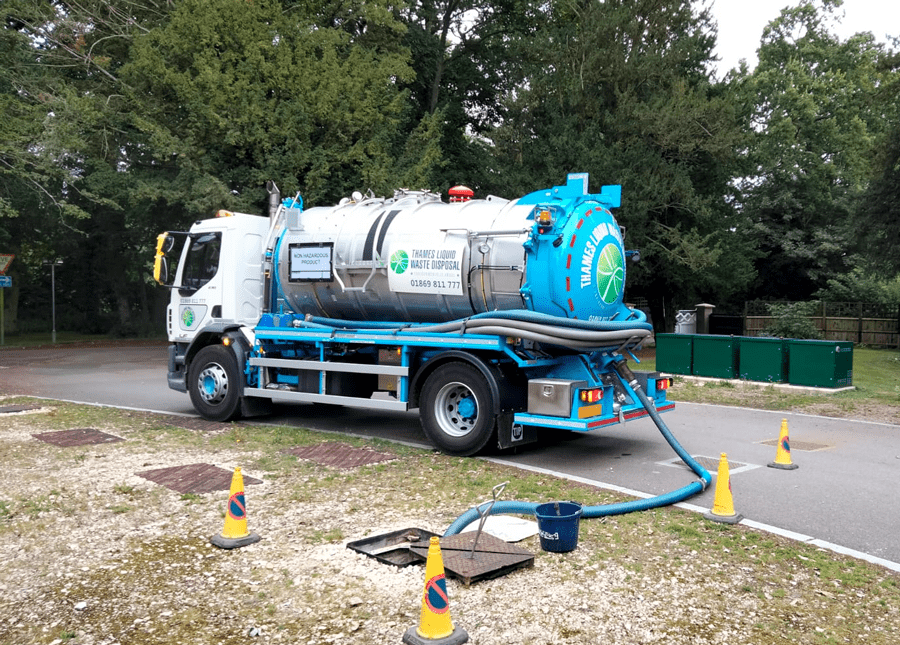The smart Trick of Reclaim Waste That Nobody is Talking About
The smart Trick of Reclaim Waste That Nobody is Talking About
Blog Article
8 Simple Techniques For Reclaim Waste
Table of ContentsLittle Known Questions About Reclaim Waste.Reclaim Waste Can Be Fun For AnyoneLittle Known Facts About Reclaim Waste.Reclaim Waste - An OverviewThe 20-Second Trick For Reclaim Waste
Discover the types, occurrences, and forms of fluid waste. Domestic sewer waste describes the waste and products from a domestic septic container. This kind of waste is produced by humans in residences, institutions, and various other structures. This only consists of sewage-disposal tanks that have a drainpipe field. The correct administration and disposal of residential sewage waste need liquid waste to be moved to a sewer treatment plant where the proper techniques and equipment are put on purify and dispose of waste.
Commercial waste commonly consists of prospective hazards, such as flammable products or a mixture of fluid and solid waste products, and needs an advanced and detailed disposal process. The disposal of commercial waste usually involves the filtering of waste prior to transportation to make sure secure and appropriate disposal. Industrial waste is produced from by-products and overflow of industrial procedures and production.
This type of waste can not use the very same sewer management transport or procedures as septic or industrial fluids. The hazardous waste monitoring procedure requires the examination and screening of fluid waste prior to it undertakes the disposal procedure (industrial wastewater treatment). Overflow waste is the liquid waste that comes from drainage and excess stormwater in extremely populated locations or cities
Runoff waste can cause contamination and flooding otherwise handled properly. Discover more regarding drain cleansing and waste management. Ensuring appropriate waste administration can protect against disasters and decrease environmental harm. Both individuals in property settings and experts in commercial or manufacturing markets can gain from understanding the processes and guidelines of fluid waste monitoring.
Reclaim Waste for Beginners
Get in touch with PROS Solutions today to find out about our waste management and disposal services and the appropriate means to look after the liquid waste you produce.
(https://disqus.com/by/reclaimwaste1/about/)Do you know what occurs to your water when you end, purge the toilet or drain the washing device? No? Well, it deserves understanding. This supposed 'wastewater' is not only an essential source however, after treatment, will be launched to our land, waterways or the ocean. Made use of water from toilets, showers, baths, kitchen sinks, washings and industrial procedures is understood as wastewater.

water made use of to cool equipment or clean plant and tools). Stormwater, a form of wastewater, is drainage that flows from agricultural and city locations such as roof coverings, parks, yards, roads, courses and seamless gutters into stormwater drains pipes, after rainfall. Stormwater flows without treatment straight to neighborhood creeks or rivers, eventually getting to the ocean.
The Basic Principles Of Reclaim Waste
In Queensland, the majority of wastewater is dealt with at sewer treatment plants. Wastewater is transported from residential or industrial websites with a system of sewers and pump stations, called sewerage reticulation, to a sewer treatment plant. City governments construct, keep and run most sewer therapy plants. Operators are licensed under the Environmental Defense Act 1994 to release treated wastewater at an appropriate environmental standard right into waterways.
The Division of Natural Resources encourages city governments concerning managing, operating and preserving sewage systems and treatment plants. In unsewered areas, neighborhood federal governments may need owners to install specific or house sewage therapy systems to treat residential wastewater from toilets, kitchens, shower rooms and laundries. The Division of Natural Resources authorises using home systems when they are confirmed to be efficient.
In some new communities, therapy of some stormwater to remove clutter, sand and gravel has actually begun making use of gross contaminant traps. Wastewater therapy occurs in 4 stages: Removes solid matter.
Wastewater then moves into huge storage tanks where solids resolve and are removed as sludge. Grease and scum are skimmed from the surface area. Makes use of small living organisms referred to as micro-organisms to break down and eliminate continuing to be dissolved wastes and great fragments. Micro-organisms and browse around this site wastes are integrated in the sludge. Removes nitrogen and phosphorus nutrients that could trigger algal flowers in our rivers and threaten water life.
Getting The Reclaim Waste To Work
Nutrient removal is not readily available at all sewer treatment plants due to the fact that it calls for costly specialist equipment. Clear liquid effluent produced after therapy might still include disease-causing micro-organisms - liquid waste disposal melbourne.

This usually means wastewater has to be dealt with or impurities eliminated before it can be released to rivers. Most wastewater flows into the sewerage system. Under the Act, city governments provide approvals and permits for ecologically relevant tasks (ERAs) involving wastewater launches that might have a neighborhood influence. The division provides authorizations and licences to Ages entailing wastewater releases that may have a local or statewide effect.
10 Easy Facts About Reclaim Waste Shown
Otherwise, samples are taken for research laboratory analysis. Usually lots of tests are required to establish the degrees of each of the different pollutants such as oils, hefty steels and pesticides in water. Surveillance offers factual information concerning water quality and can validate that licence problems are being met. The details acquired through tracking offers the basis for making water top quality choices.
Report this page